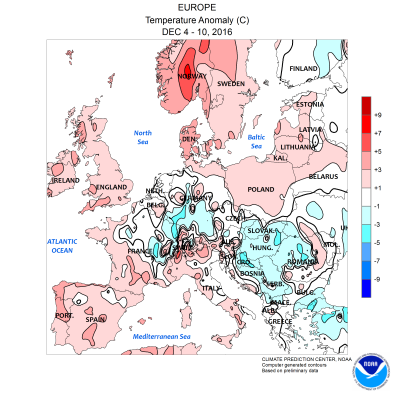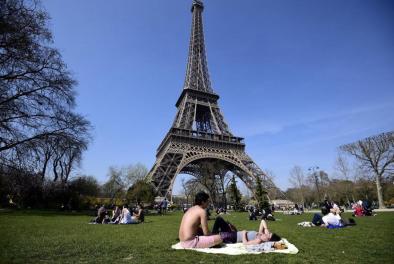Science Source
The role of increasing temperature variability in European summer heatwaves
- Analyzes instrumental observations and reconstructions of global and hemispheric temperature evolution, which reveal a pronounced warming during the past
 150 years
150 years - States that one expression of this warming is the observed increase in the occurrence of heatwaves, understood conceptually as a shift of the statistical distribution towards warmer temperatures, while changes in the width of the distribution are often considered small
- Shows that this framework fails to explain the record-breaking central European summer temperatures in 2003, although it is consistent with observations from previous years
- Finds that an event like that of summer 2003 is statistically extremely unlikely, even when the observed warming is taken into account
- Proposes that a regime with an increased variability of temperatures (in addition to increases in mean temperature) may be able to account for summer 2003
- Simulates possible future European climate with a regional climate model in a scenario with increased atmospheric greenhouse-gas concentrations, and find that temperature variability increases by up to 100%, with maximum changes in central and eastern Europe
Related Content
Real Time Data

Dec 16, 2016 | Climate Prediction Center | NOAA
Europe Weekly, Monthly, 3-Month Temperature Anomaly
Science Source
| World Meteorological Organization
Un/natural Disasters: Communicating Linkages Between Extreme Events and Climate Change
Susan Joy Hassol, Simon Torok, Sophie Lewis et al
Headline

Jul 11, 2016 | US News & World Report
Heat Waves Kill, Now We Know Why
Science Source
| Comptes Rendus Biologies / EU Community Action Programme for Public Health
Death toll exceeded 70,000 in Europe during the summer of 2003
JM Robine, SL Cheung, S Le Roy et al


